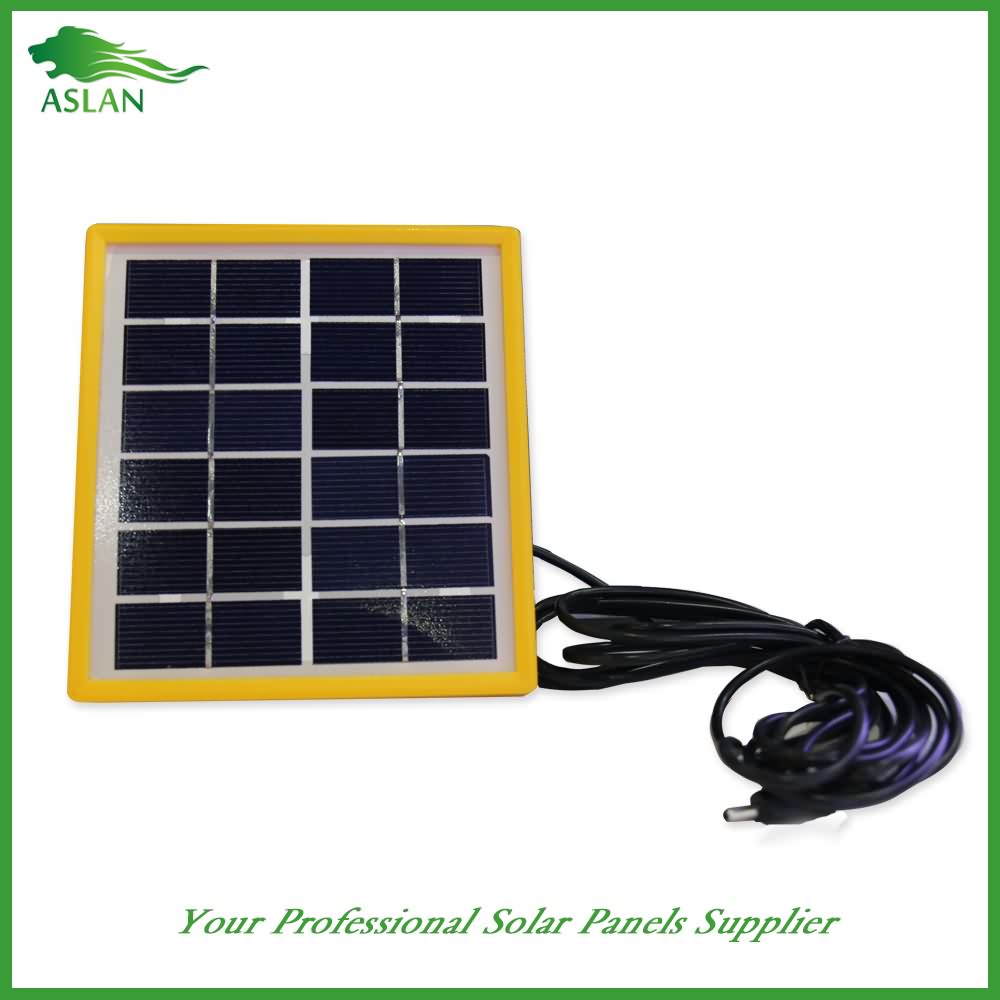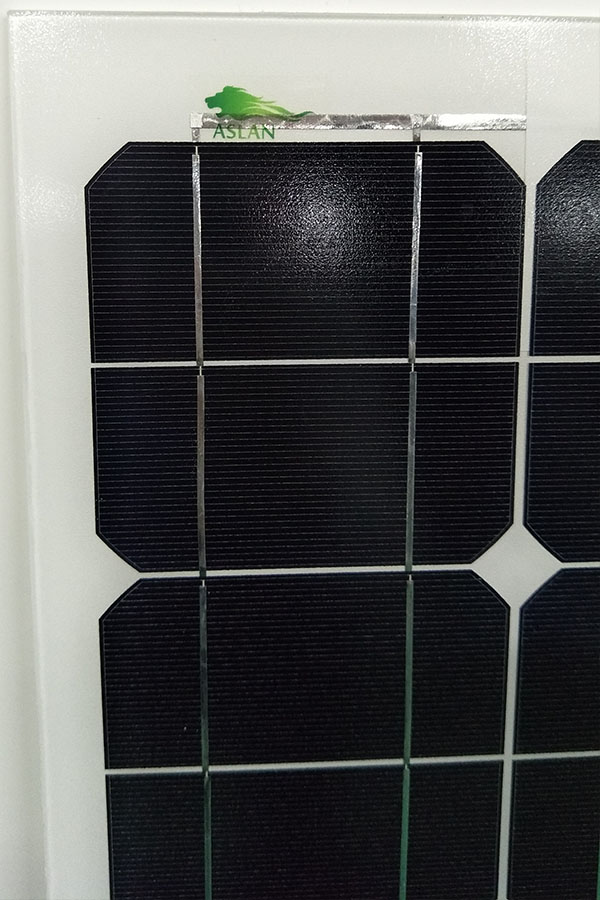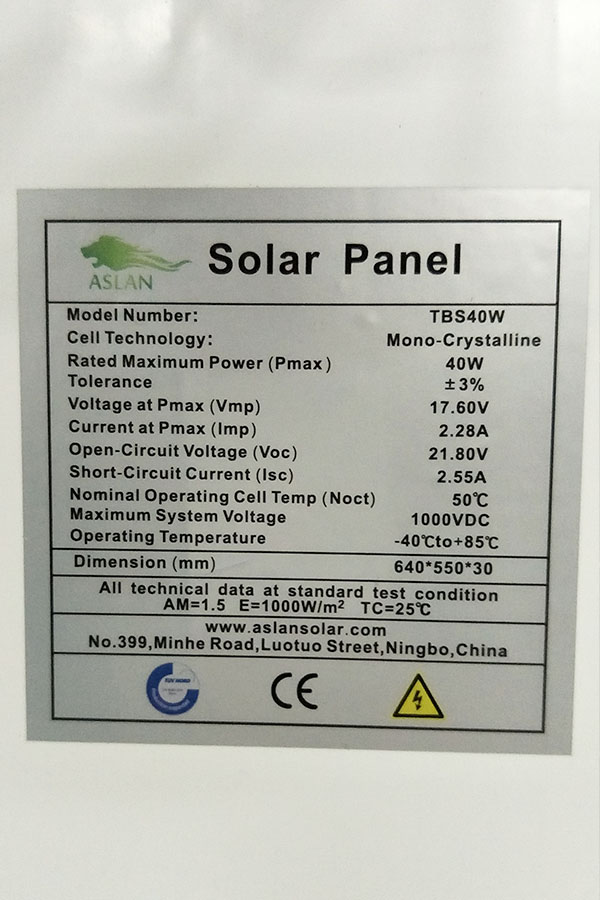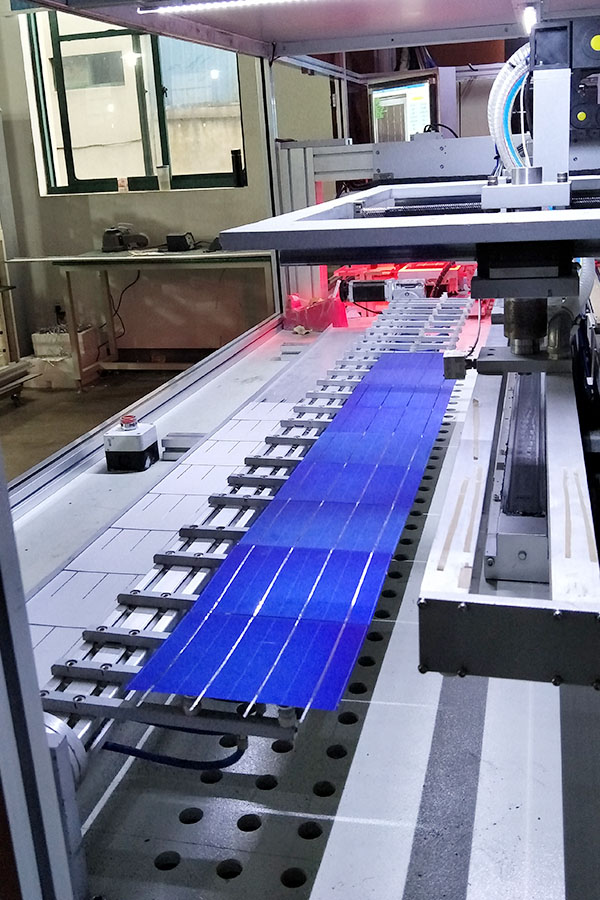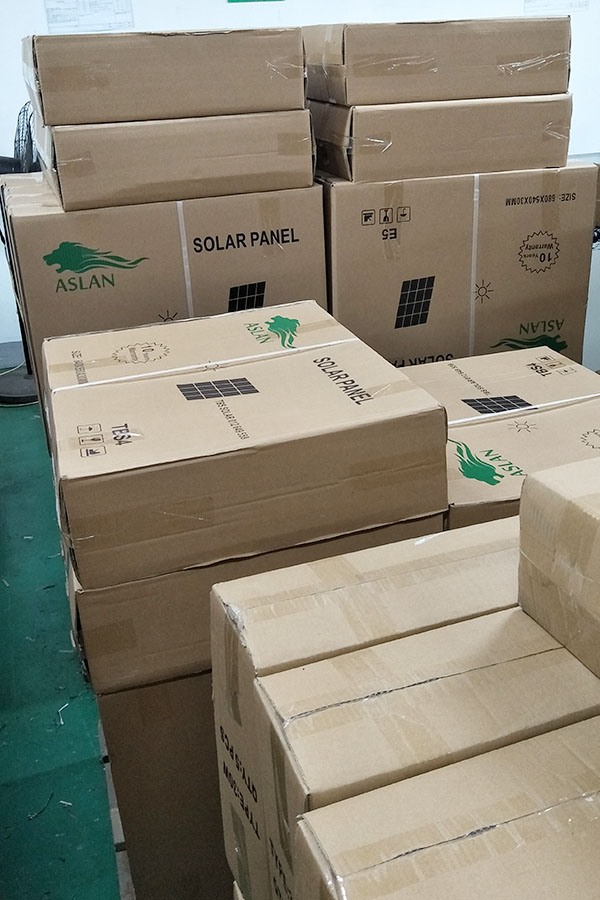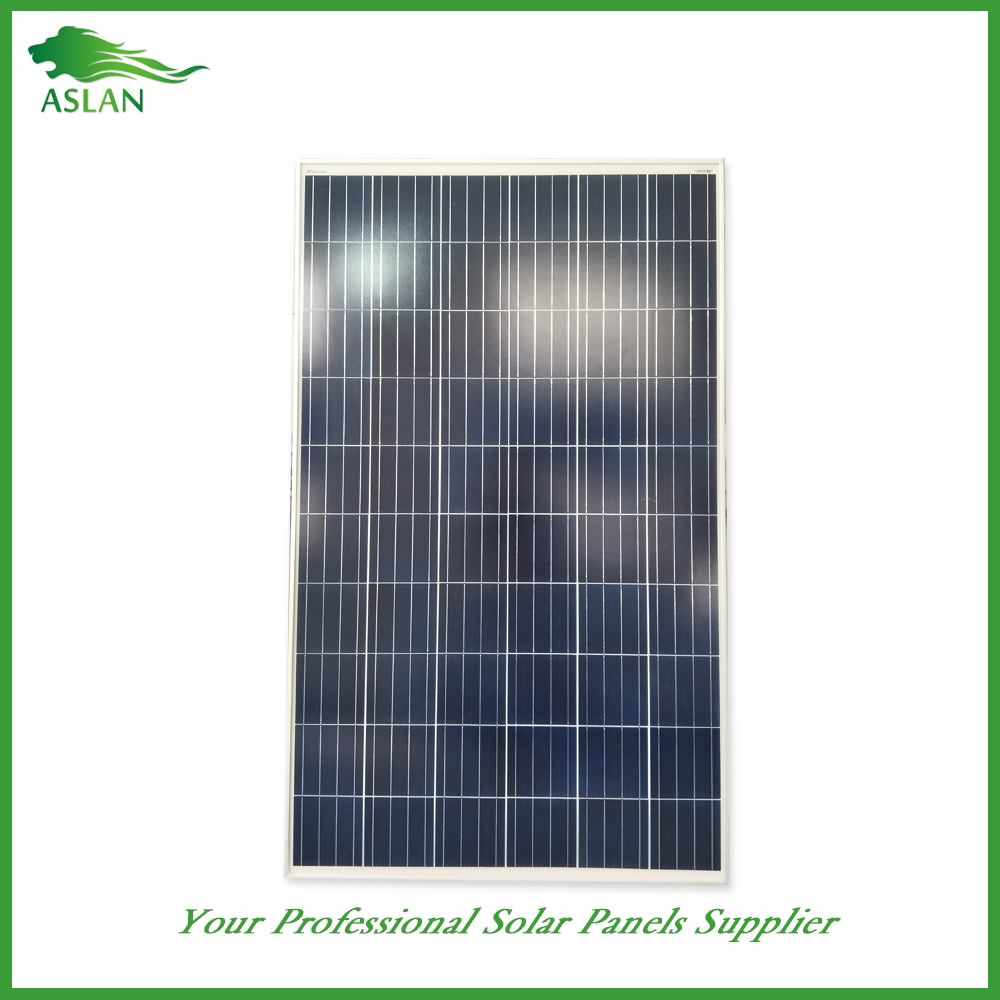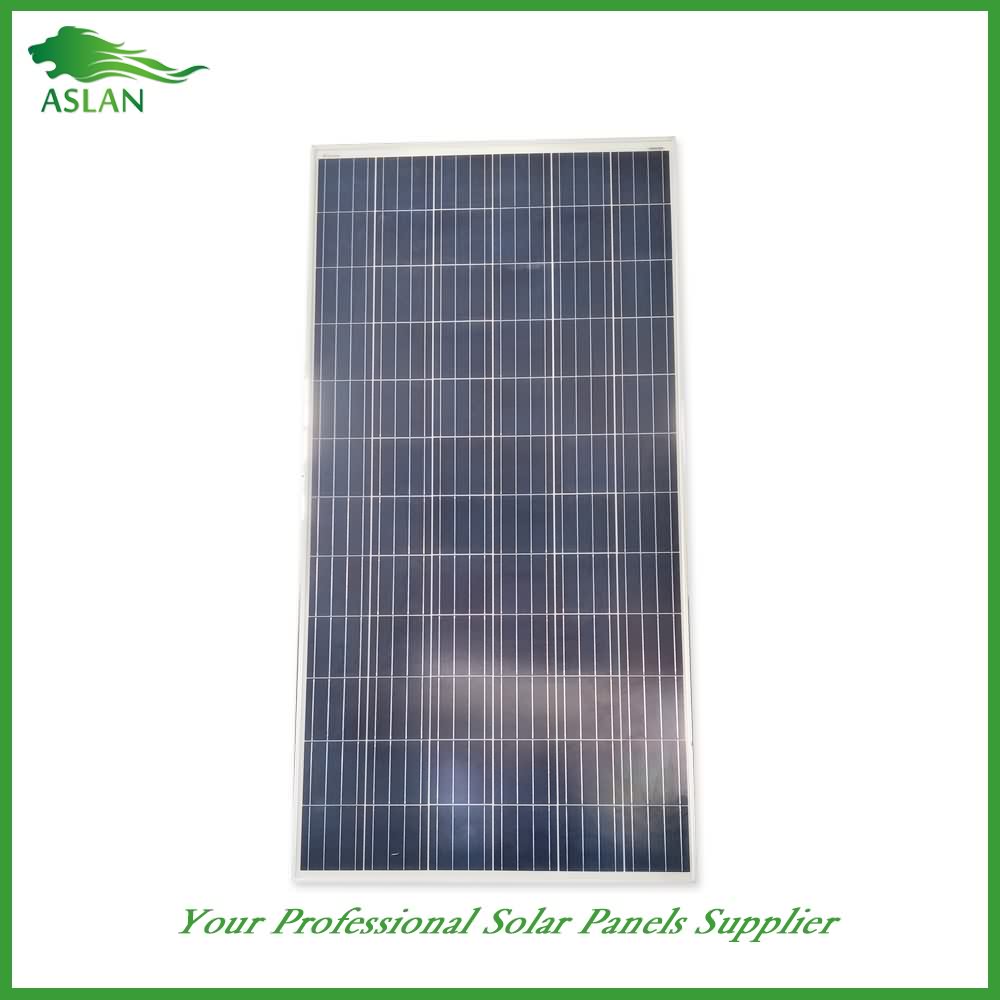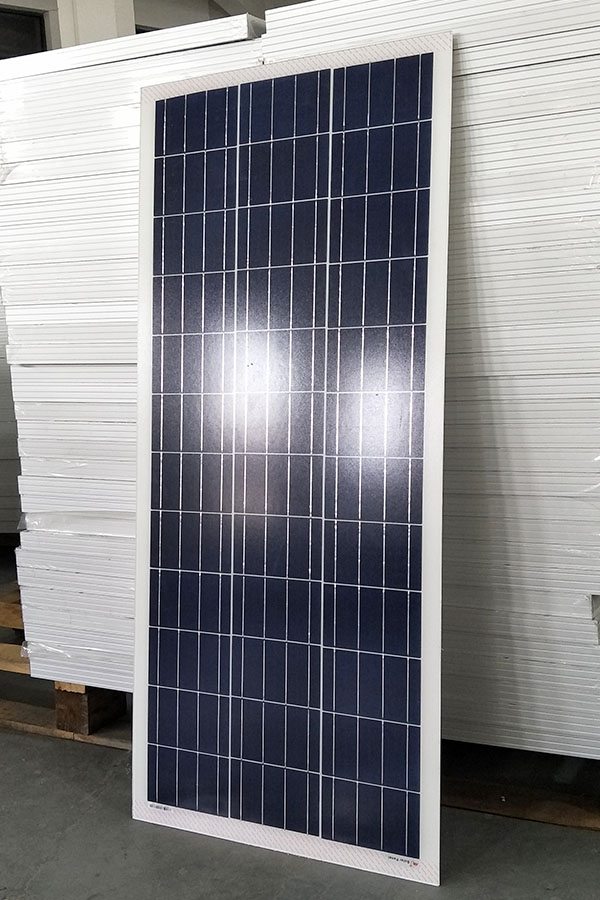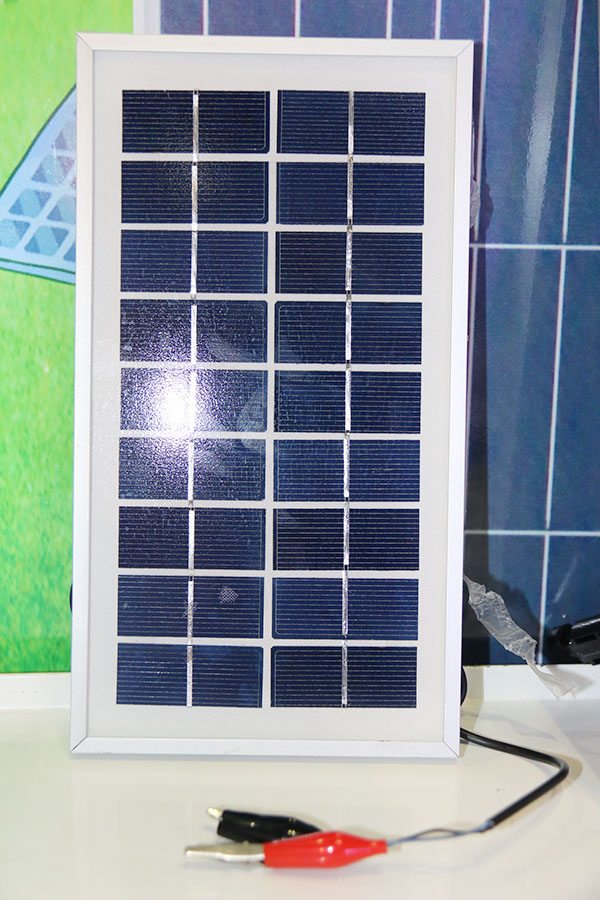15 Years Manufacturer Poly-crystalline Solar Panel 2W Pakistan Factories
Short Description:
We emphasize development and introduce new products into the market every year for 15 Years Manufacturer Poly-crystalline Solar Panel 2W Pakistan Factories, items won certifications with the regional and international primary authorities. For far more detailed information, please contact us!
Poly-crystalline Solar Panel 2W
Technical parameter
Maximum Power(W) 2W
Optimum Power Voltage(Vmp) 6V
Optimum Operating Current(Imp) 0.34A
Open Circuit Voltage(Voc) 7.2V
Short Circuit Current(Isc) 0.37A
Mechanical Characteristics
Cell Type Polycrystalline
No of Cell 12 (2x6pcs)
Dimensions 145x145x18mm
Weight 0.4KGS
Front Glass 3.2mm, High Transmission, Low iron, tempered Glass
Temperature and Coefficients
Operating Temperature(°C): -40°C ~ + 85°C
Maximum System Voltage: 600V(UL)/1000V(IEC) DC
Maximum Rated Current Series: 10A
Temperature Coefficients of Pmax: -0.435%
Temperature Coefficients of Voc: -0.35%
Temperature Coefficients of Isc: 0.043%
Nominal Operating Cell Temperature (NOCT): 47+/-2°C
Materials of solar panel
1).Solar Cell——Polycrystalline solar cell 156*156mm
2).Front Glass——-3.2mm, high transmission, low iron, tempered glass
3).EVA——-excellent anti-aging EVA
4).TPT——-TPT hot seal made of flame resistance
5).Frame——anodized aluminum profile
6).Junction Box——-IP65 rated, high quality, with diode protection
Superiority: high quality anodized aluminum frame, high efficiency long life, easy installation, strong wind resistance, strong hail resistance.
Features
1. High cell efficiency with quality silicon materials for long term output stability
2. Strictly quality control ensure the stability and reliability, totally 23 QC procedures
3. High transmittance low iron tempered glass with enhanced stiffness and impact resistance
4. Both Poly-crystalline and Mono-crystalline
5. Excellent performance in harsh weather
6. Outstanding electrical performance under high temperature and low irradiance
Quality assurance testing
Thermal cycling test
Thermal shock test
Thermal/Freezing and high humidity cycling test
Electrical isolation test
Hail impact test
Mechanical, wind and twist loading test
Salt mist test
Light and water-exposure test
Moist carbon dioxide/sulphur dioxide
An experimental project I have been working on that combines solar energy with wireless energy transfer and remote controlled, camera-equipped drones to produce a device that has contactless charging, removing the need to physically attach and reattach the drone to a power source which allows you to recharge the device by simply letting it land on the recharging pad and fly off again. This increases the automation of the device and removes its dependence on plugs and cables and, with the portable solar panels, reduces the dependence on a centralized power source allowing almost unlimited time for flying the craft no matter where you are.
The drone equipped with the wireless receiver is a custom built model made from components purchased from a Chinese manufacturer for about 25 USD. The wireless transmitter pad and micro recover circuit work are all made at my home. Device was also tested with USB voltage stabilizer circuitry to charge mobile devices such as a portable Lithium-Ion smartwatch/phone charger,a demo of which I will upload soon along with more projects so stay tuned!
Eldon demonstrates solar cooking by cooking two chickens, one in a solar panel cooker and one in a solar box oven.
Twitter: http://www.twitter.com/greatcovemedia
Blog: http://www.GreatCoveMedia.com/blog
Facebook Page: http://www.facebook.com/GreatCoveMedia
